Sotho traditional attire for ladies 2024
Sotho traditional attire for ladies 2024
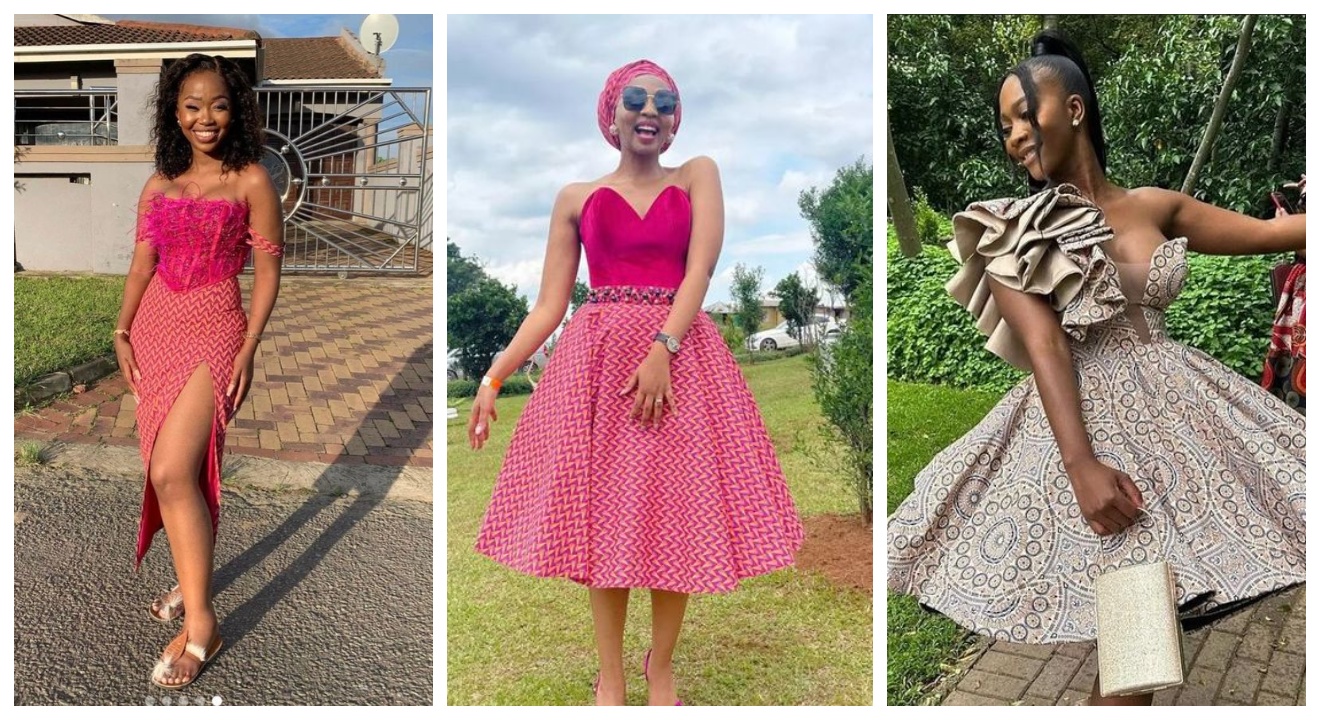
Introduction
Overview of Sotho traditional attire for ladies
In the Sotho culture, traditional attire for ladies is known for its vibrant colors, intricate patterns, and use of natural fabrics. The traditional attire typically consists of a skirt, called a “seana marena,” which is made from a thick, woven fabric. The skirt is often adorned with intricate embroidery or beading and is worn with a matching top called a “thetsana.” Women also wear a headscarf, known as a “tuku,” which is often brightly colored and beautifully wrapped around the head. The Sotho traditional attire for ladies is known for its elegance and beauty.
Significance of traditional attire in Sotho culture
Traditional attire plays a significant role in the Sotho culture as it represents the identity, heritage, and pride of the people. The attire is worn on special occasions such as weddings, initiations, and cultural festivals to showcase the rich cultural heritage of the Sotho people. It is also a way for women to express their creativity through the choice of colors, patterns, and accessories. The traditional attire is highly valued and respected in the Sotho community, reflecting the deep connection between clothing and cultural identity.

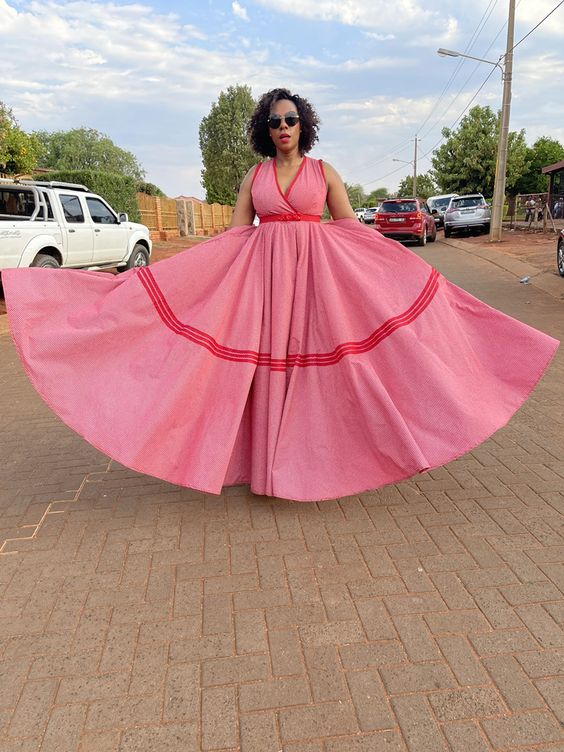
Traditional Dresses
Variety of Sotho traditional dresses
The Sotho culture embraces a wide variety of traditional dresses for women. These dresses vary in style, color, and fabric, showcasing the diversity and creativity of the Sotho people. Some popular styles include the “seana marena,” a skirt made from woven fabric, and the matching “thetsana” top. Other dresses may feature different cuts, such as A-line, mermaid, or straight, catering to individual preferences. There are also dresses specifically designed for special occasions like weddings and initiations, which are more elaborate and adorned with intricate embroidery and beading.
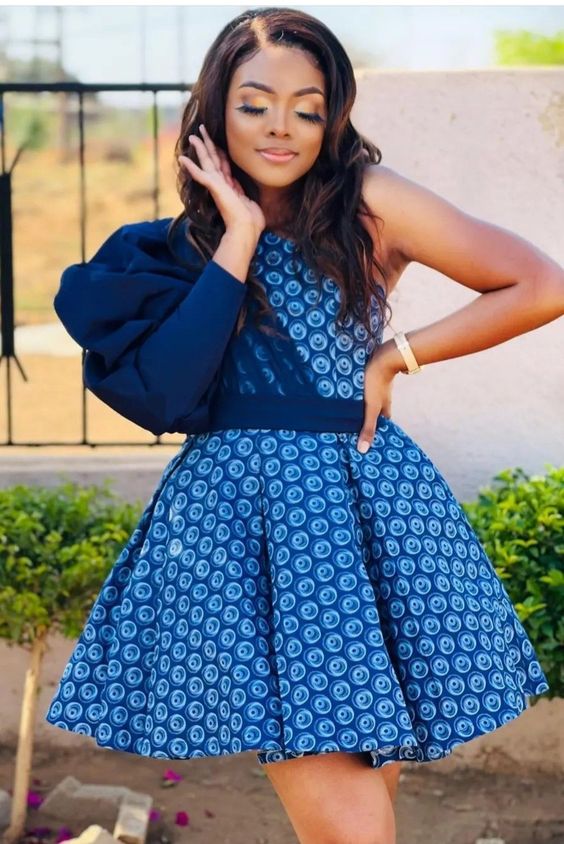
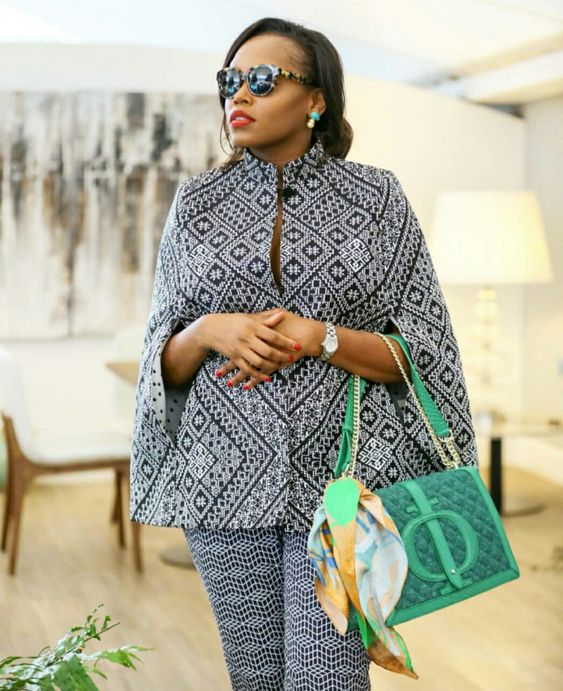
Features and designs of traditional dresses
Sotho traditional dresses are characterized by their vibrant colors and intricate designs. These dresses often feature bold geometric patterns, floral motifs, or abstract designs. The use of natural fabrics, such as cotton or wool, ensures comfort while giving a traditional touch. The dresses are usually knee-length or ankle-length, allowing for easy movement and showcasing the wearer’s elegance. A striking feature of Sotho traditional dresses is the attention to detail, with embroidery and beading meticulously applied to enhance the overall beauty. The dresses are accessorized with a matching headscarf, further adding to the cultural significance and beauty of the attire.
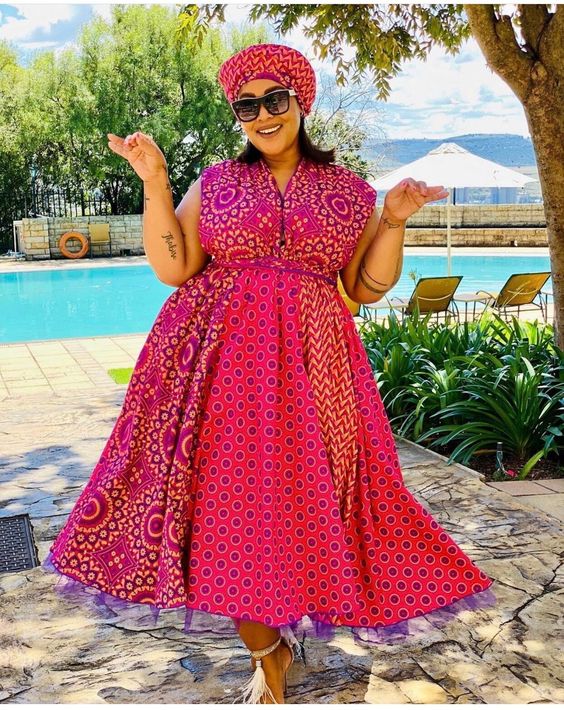
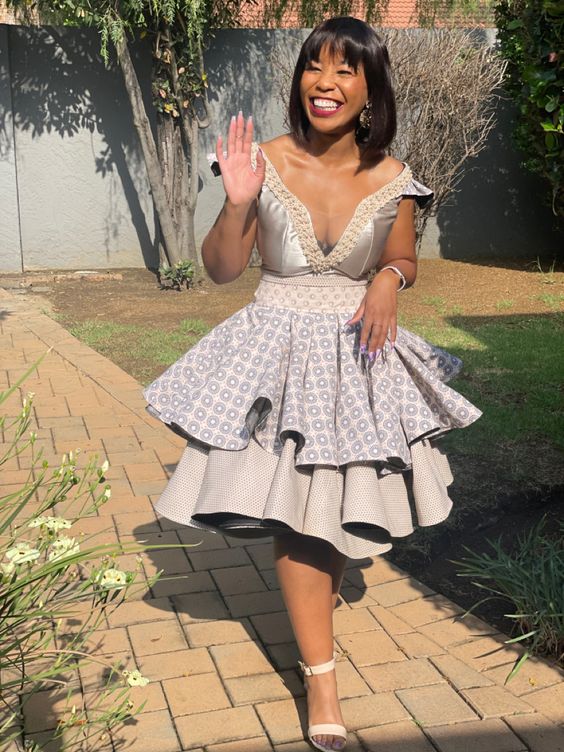
Headgear and Accessories
Different types of headgear in Sotho traditional attire
Sotho traditional attire is often accompanied by a variety of unique and stylish headgear options. Women may opt for a “diphosho,” which is a large, round hat made from straw or fabric. This hat provides shade and protection from the sun while adding a touch of elegance to the overall ensemble. Another popular headgear choice is the “tshebele,” a headband adorned with colorful beads or shells. Additionally, women may wear headscarves that match their dresses, tying them in different styles to suit personal preferences.
Traditional accessories and their cultural significance
In addition to the headgear, Sotho traditional attire is complemented by various accessories that hold cultural significance. These accessories include necklaces, bracelets, and earrings, which are often crafted from beads, shells, or metal. The use of these accessories not only adds beauty to the overall look but also symbolizes different aspects of Sotho culture and identity. For example, specific bead patterns and colors may represent marital status, age, or social standing. Each accessory is carefully chosen and worn with pride, exemplifying the rich cultural heritage of the Sotho people.
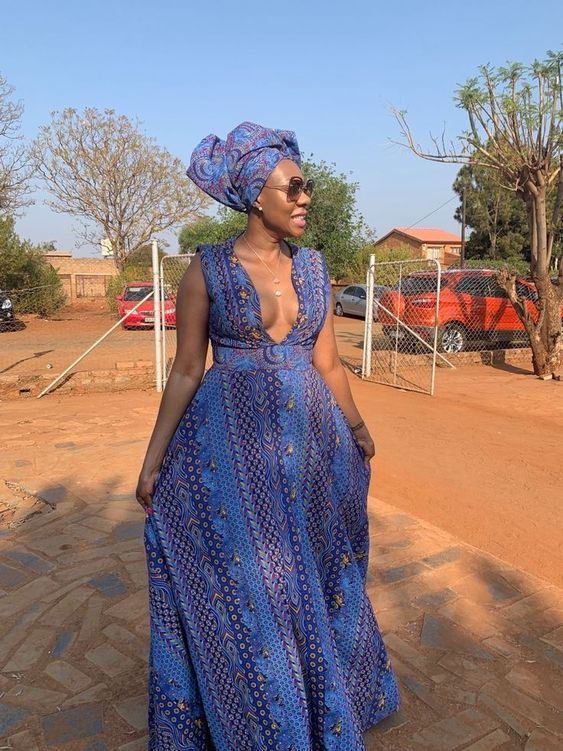

Sotho Blankets
Meaning and importance of Sotho blankets
Sotho traditional attire includes the use of vibrant and intricately designed blankets, which hold great meaning and cultural significance. These blankets are more than just garments; they serve as symbols of identity, heritage, and pride. The Sotho people consider the blankets as sacred objects that represent their history, traditions, and values. They are often passed down from generation to generation, becoming cherished heirlooms. The blankets also serve practical purposes, providing warmth and protection against the harsh African climate.
Styles and patterns of blankets in traditional attire
Sotho blankets come in a wide range of styles and patterns, each carrying its own unique symbolism. The most well-known design is the “seana marena,” characterized by its striking diamond pattern. This style is often associated with royalty and is worn during important ceremonies and events. Another popular design is the “maine,” which features a mosaic-like pattern. Additional patterns include stripes, waves, and geometric shapes, each holding their own significance within the Sotho culture. These blankets are carefully selected to complement the rest of the traditional attire and contribute to the overall aesthetic appeal.
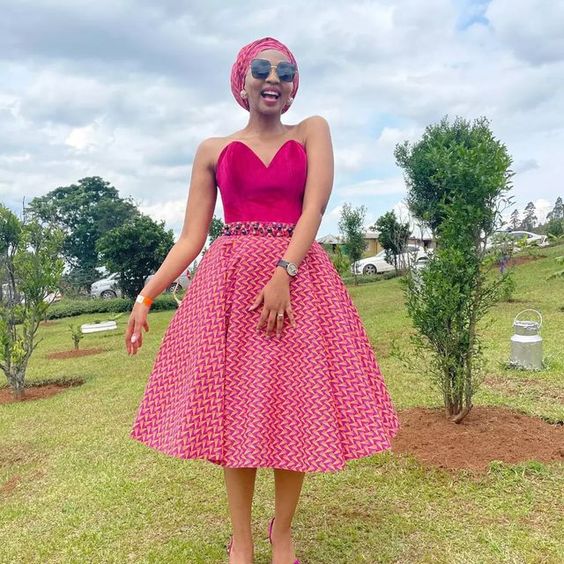

Beadwork and Jewelry
Traditional beadwork in Sotho attire
Within Sotho traditional attire, beadwork plays a significant role in enhancing the overall beauty and cultural significance of the garments. Beads are used to create intricate patterns, designs, and motifs that adorn various pieces of clothing, such as headpieces, skirts, and belts. The colors and patterns of the beads hold symbolic meanings, representing different aspects of the wearer’s identity and spiritual beliefs. The beadwork is a reflection of the Sotho people’s creativity, craftsmanship, and attention to detail, which is highly valued in their culture.
Traditional jewelry and its symbolism
Sotho traditional jewelry is another important element of their attire, complementing the overall look and adding a touch of elegance. The jewelry is often made from materials such as gold, silver, brass, or beads. Each piece of jewelry holds its own cultural significance and is worn for specific occasions or to convey certain messages. For example, necklaces, bracelets, and earrings are commonly worn as a form of adornment and symbolize beauty and status. Some pieces of jewelry also have protective or spiritual meanings, serving as talismans or symbols of spiritual connection.

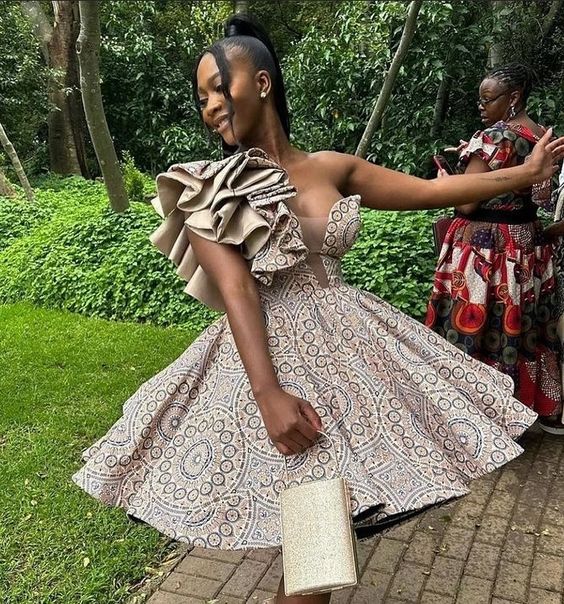
Comments are closed.